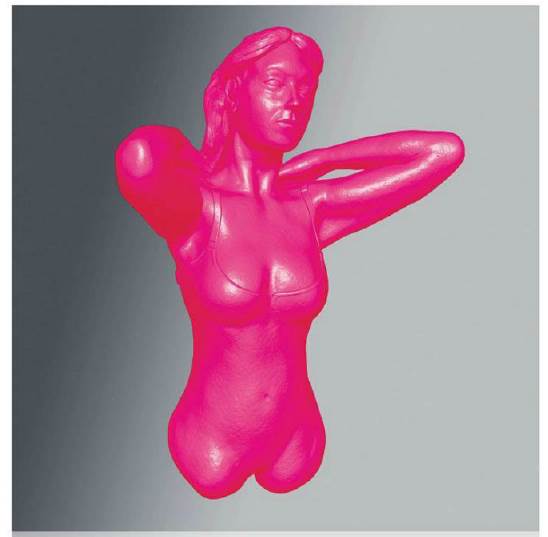Julio Bashmore - Battle For Middle You
Our next track comes from the 2011
Everybody Needs a Theme Tune EP by Julio Bashmore, who’d cut his teeth two
years previously with an eponymous EP on cult house label Dirty Bird. Battle
For Middle You is the first of four tracks on the EP that are all heavily
influenced by retro house sounds in one way or another. At 126bpm and with a solid
four-to-the-floor feel, this is also the nearest thing to a regular house tune
in our five Deconstructed tracks.

"The
rhythm of the bass part contributes massively to the hypnotic nature of the
track"
That said, the track’s retro, deep house
beats are offset by hypnotic keyboards and a rounded bass that move the feel away
from that of a typical floor filler. Clever use of long reverbs and swung
delays on specific sounds adds to the dubbed out vibe, and the main vocal
sample, borrowed from Mass Production’s 1977 tune People Get Up, adds
another layer of retro flavor with well-chosen reverb, delay and EQ. Structurally,
the track follows a tried and tested formula for a full-length house mix and
includes two drop sections, one after the intro section at 1.31 and one around
half way through at 3.01. Both drops use a rising low-pass filter on the main
rhythmic synth to help build the tension, but the second drop is twice as long.

An
FM synth is the perfect tool for the punchy, round bass that characterizes
Battle for Middle You
This double-length section works really
well, allowing plenty of time to build to the track’s peak at 4.04. This peak
section is hammered home with 32 full-on bars that include the main rhythmic
synth part used in the build-up.
This rhythmic synth is a key component in
the track, creating a hypnotic feel to the build sections and providing a great
payoff as a lead through the peak section. Through careful sound design it also
has a wonderful pumping feel that’s reminiscent of the sidechained compression
featured on many club tracks. By typing this in closely with the bass part, it
also works really well rhythmically.
The rhythm of the bass part contributes
massively to the hypnotic nature of the track, but we shouldn’t overlook its
sound. This deep, round, bouncy tone is ideal, holding down the sub-frequencies
but with a bold attack that becomes part of the rhythmic feel.
Low-end punch
The bass sound and part are, of course,
hugely important to the overall feel of the track, so let’s look at how they’ve
been executed. The sound itself is deep and bouncy, almost like a pitched 909
kick. If it were solely this round, subby nature we were seeking, we could go
for a sine wave-based sound, but we’re also looking for a really soli
percussive attack. We could create this using the right sort of analogue synth
and tweaking the amplitude envelope, but here we’re going to go down the FM
route, as FM-based sounds tend to offer tougher attack characteristics than
analogue.
The other parameters of this sound that
will need careful tailoring are the decay and release. By using a quick decay,
limited sustain and a short but gentle release, we’ll get the short, bouncy
sound we’re after.

By
using a quick decay, limited sustain and a short but gentle release, we’ll get
the short, bouncy sound we’re after
The bass part itself has two note patterns:
one for the main build (as in the section 4) and one for the other sections in
which it plays (as in section 3). The rhythmic pattern remains the same in both
cases, and is a 4:3 polyrhythm over two bars. At bar 3 the polyrhythm starts
again, breaking the full cycle (which would be three bars). This is the
prevailing rhythm that you’ll hear when listening to all sorts of club music,
playing either the main riff or the bass part. Often the cycle is used only for
one bar, and every now and then four bas, but here it’s two bars. So, you get
the syncopated feel against the 4/4 kick, as well as against the syncopated
feel of the hi-hats.
To program these parts, simply divide two
4/4 bars into 16ths and then, starting with the downbeat of bar 1, play every
fourth 16t. At the end of bar 2, this leaves a gap of two 16ths, effectively
breaking the polyrhythmic cycle, which starts afresh on bar 3.